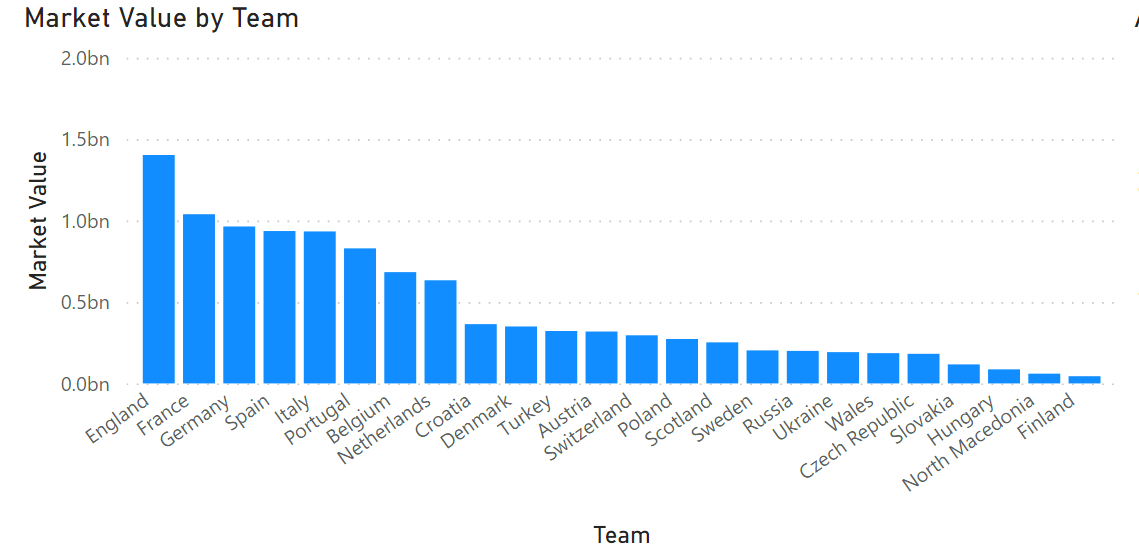The 2020 UEFA European Football Championship is taking place in cities all over Europe during the summer of 2021. Given the current focus on Diversity, Equity, & Inclusion (DEI), Denominator has created a Euro 2020 Diversity Index to measure the degree of Diversity for each participating national team. Diversity is understood as a relational concept, that explores how people are different within a group. The index outlines how the 24 national teams vary from each other on 15 indicators of Diversity, both between the players within their respective national team and the country they represent. On the total score of Diversity, France places highest followed by the Netherlands, Belgium, Portugal, and Germany (Top 5). Austria received the lowest score.The Euro 2020 Diversity Index also presents interesting results on the different indicators of Diversity. Here is an overview of the some of the results: Cultural and Ethnical Diversity
- 85 % of all the players are Caucasians, 11 % are Black, 2 % are Middle Easterns and less than 1 % is Hispanic or Asian
- 8 % of the French players are Black, while in the general population it’s approx. 3.5 %
- The French team has most players with dual nationality (15 out of 26)
- Over one-fourth of all the players in Euro 2020 play in Premier League (England), while 14 % play in Bundesliga (Germany), and 13 % in Serie A (Italy)
- 22 out of 24 of the Italian footballers play in the national league. For North Macedonia it’s 3, the other 23 play in 14 different countries

Economic conditions
- The English team has the highest market value at approx. 1.4 billion euros, which is 3,071 % higher than Finland (44.25 million euros)
- The English players accounts for approx. 13 % of the total market value of Euro 2020
- Portugal’s Ronaldo is the highest paid player and earns approx. 1,721 % more than his national teammate Neves, making this the largest salary gap within a team

Sexuality and Family
- None of the 24 national teams have openly gay players. There are 670 players in total
- 68 % of all the players has no children, while 18 % has at least one child (the rest has more than one child)
- The players from Belgium, Denmark, and Czech Republic have the largest differences from their country’s ratio on children

Physical characteristics
- The Danish players has the highest average of height (1.87 m), making it 3 % higher than Portugal with the lowest average of height (1.82 m)
- At 29.04 years, Sweden has the highest average of age (followed by Belgium and Slovakia), which is 17 % higher than England with the lowest average of age (24.74 years)
- Netherland’s oldest and youngest player is resp. 39 and 18 years, making it the widest range of age
- The German team has the highest average of weight (81 kg), which is 9 % higher than Portugal with the lowest average of weight (74 kg)
- 68 % of all the players are right footed
- 9 % of all the players are Center-Backs, followed by Center-Midfield, and Goalkeepers

This is only a few of the many interesting results the index offers. If you are interested in more insight into the findings of the Euro 2020 Diversity Index, please contact Denominator Inc.
Overview of the total score and ranking of the Euro 2020 Diversity Index





.jpg)

.jpg)





